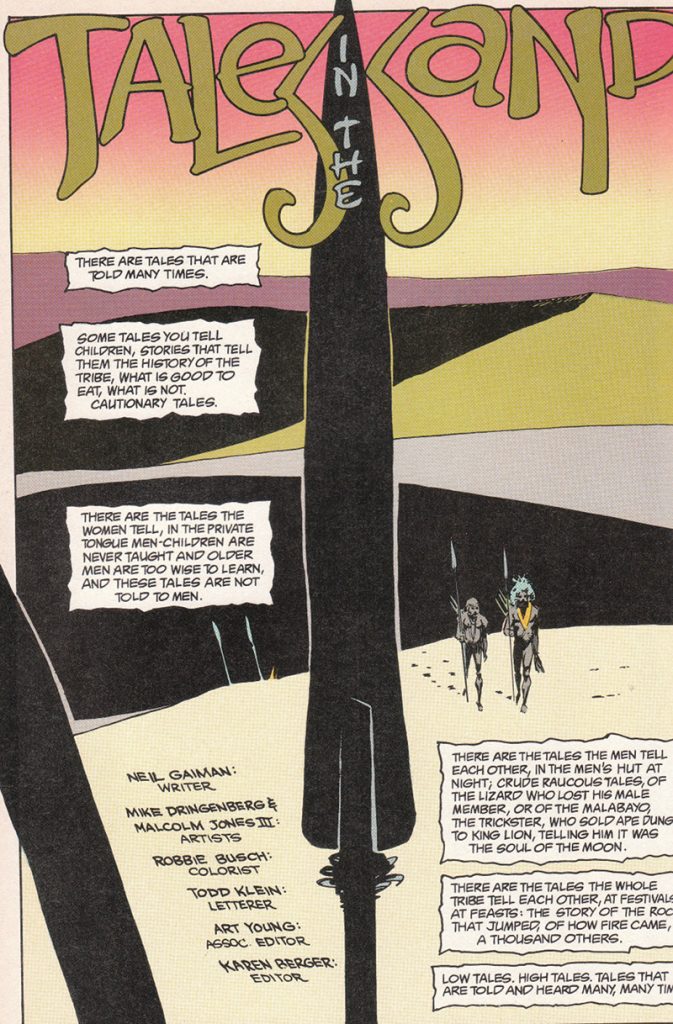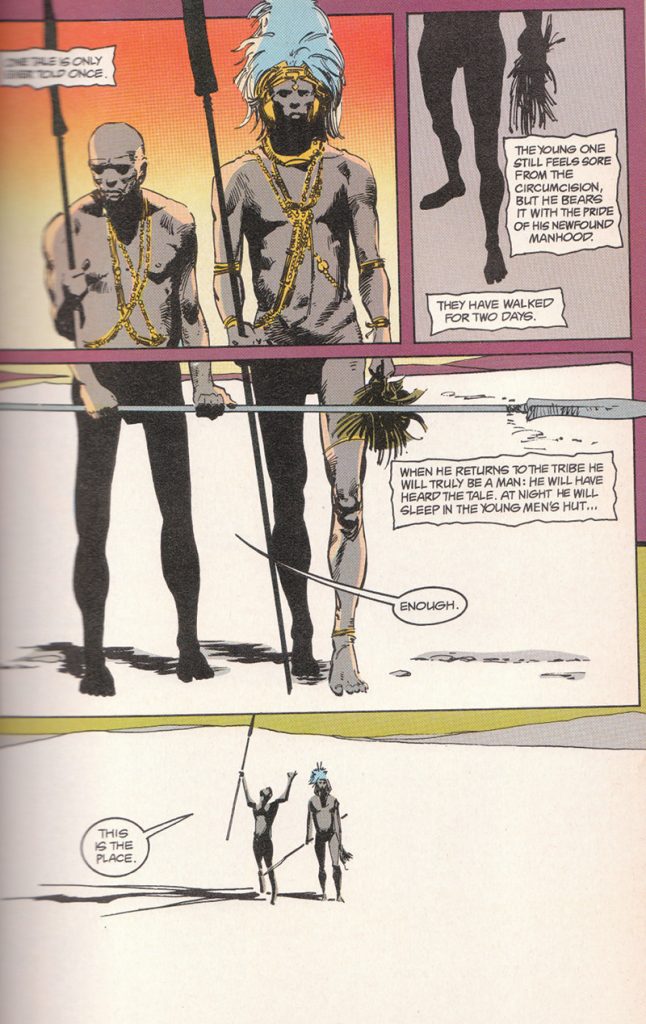Home is not a location to me. I’ve lived in far too many places to consider my home as a specific location. Yet, the place where I live becomes my home. What I consider to be an intangible concept of home becomes tangible once I settle in a location, whether this is chosen by me or not. Sometimes, though, this location is never quite able to absorb the qualities that make it home.
I have never thought about it before, but moving was a constant in my life. In my childhood, we moved because of my father’s job as he searched for a better job and a place that we could all call home. My first move happened when I was barely a year old. We picked up everything from our small trailer in Prince George, a place where I was not yet aware enough to call home, to settle in Vancouver with family. As quickly as we moved to Vancouver, we again moved everything to Vancouver Island, in the town of Campbell River.
In Campbell River, we moved twice. It was the second house that I came to call home. This house was located across from a river and surrounded by tall, green trees. All my friends lived on the same street as me, making it possible to go and explore the forest that our house was placed beside. I remember going down to the river to attempt to fish even though my parents had warned me against it because the currents were so swift. I remember not being able to go to school because there was a bear monopolizing the bus stop. This is where my sense of home began to take on its own unique qualities. To this day, I feel at home walking in the forest with my shoes getting damp because I didn’t listen to my mother telling me to wear proper shoes. I’m comforted by the smells of the forest and the river, and I leave my window open to lull myself to sleep with the sound of falling rain.

When I was 10, we moved to the Okanagan Valley. My family settled in Coldstream, which is a small community just outside of Vernon. Again, we moved twice in Coldstream. For a very long time, our first home there didn’t feel like my concept of home. There were no close forests for me to roam around. We had a small creek in the backyard, but it wasn’t the same. As me and my sister settled into our new school, we began to make friends with kids both at school and along our street. This is when it finally began to feel like home. While I was never as good of friends with the kids on my street as my new school friends, running up and down the cul-de-sac tickled the part of my brain that was nostalgic for Campbell River. As long as I had friends that I could spend my time with, Coldstream could be bearable.
I didn’t move again until my second year of college. I was beginning to feel cramped in my childhood home. The friends I was now making at college all lived in Vernon and my job was there as well. So, I moved into Vernon by myself. I lived there for two years before I decided to move back in with my parents when I started going to university full time. It was during this time that I discovered what it was about my home in Vernon that made it home to me. This factor was independence. I had the freedom to do whatever I wanted, when I wanted. Though I was older and my parents never tried control my schedule like in high school, all of a sudden I had chores and had to work around their lives. The home that I had once called my home was no longer comfortable anymore.
This summer, I moved to Kelowna in order to be closer to university for my last year. It was a nightmare to find a place to live for both myself, my sister and her cat. When we finally found the place, I felt certain that this would just be a temporary stop in my search for my new home. I would have to suffer with living in a small room that didn’t have nearly enough room for all my things. My feelings to this new location were ambivalent as the boxes crowded around my room, monopolizing any free space. Though, as I began to fall to asleep, I realized that this could be my home. There were no parents there, I already had plans to visit my friends the next day, and I would eventually find the space for all my things. I could make this place comfortable. I slid the window open and fell asleep to the sound of the rain falling on my new home.
Hey, everyone! I hope you enjoyed my short story about what home means to me. I had a lot of fun writing it and remembering all the places where I used to live. I couldn’t really find many places to insert hyperlinks within the story, so I thought I would point out the Meaning of Home Contest here. Habitat for Humanity runs a contest asking for children from grades 4-6 to write an essay on what home means to them, with the money going towards a Habitat for Humanity build as well as the school they go to. They have some postings from the current and past winners that you may want to take a look at.
Works Cited
Campbell River. Heritage River Inn, 2016, http://www.heritageriverinn.com/images/campbellriver1-b.jpg. JPEG file.
The Meaning of Home. Habitat for Humanity, 2016, www.meaningofhome.ca. Accessed 26 September 2016.
“Relaxing Sounds of Rain and Thunder in Woods – The Sounds of Nature 16.” YouTube, uploaded by KMYMedia, 13 September 2012, https://www.youtube.com/watch?v=D6OhIZODLDs.


